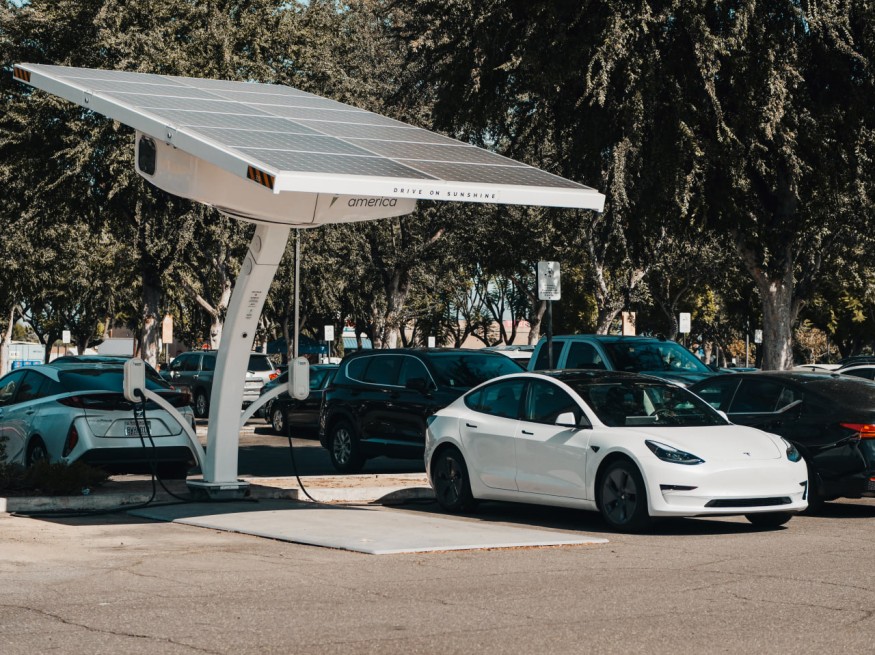
This year's Consumer Electronics Show (CES) in Las Vegas highlighted the show's recent shift from being solely about consumer technology to boundary-pushing ideas devoted to making technology more sustainable.
The event showcased new e-bikes and appliances that turn household waste into useful products - an emphasis on the impact of engineering discipline on sustainability efforts. Specifically from the automotive industry, electric vehicles played a prominent role in the show, and several car charging solutions were on display, showcasing the industry's growing movement towards a greener future.
Greener legislation and frameworks
Aside from technological advancements, states have been working to transition into a zero-emission transportation system as a means to mitigate climate change. According to the Natural Resources Defense Council (NRDC), states can achieve this goal by adopting the Advanced Clean Cars II (ACC II) standard - a set of regulations that the California Air Resources Board recently adopted to reduce smog-causing pollution and greenhouse gas emissions from California's vehicles.
Meant as a shift away from traditional fossil-fuel-based transportation systems, the ACC II improves upon its predecessor (ACC I) by requiring an increase in sales of zero-emission vehicles (ZEVs) from 35% in 2026 to 100% in 2035. ZEVs include battery electric vehicles, plug-in hybrid vehicles, and fuel cell electric vehicles, allowing for customer choice depending on their preference and personal transport needs. So far, automakers in the US have announced over 114 billion ZEV-related investments, with a 6% market share in ZEVs in late 2022.
In our recent feature about California's plans to ban toxic chemicals used to shine chrome, we discussed the dangers of hexavalent chromium used as a decorative or protective surface coating. Despite its widespread use, chromium mainly targets the kidney, liver, respiratory system, skin, and eyes. At the same time, this chemical was found to contaminate California's groundwater resources. If approved, this plan will impact more than 110 chrome-plating facilities in disadvantaged communities.
Sustainability in the private sector
For the private sector, companies across the board are rolling out sustainability plans for the year. In a feature on LHH about organizational sustainability, CEO Carlos Tavares was reported to have announced that his company Stellantis - one of the world's largest automakers - was planning to drastically reduce the amount of energy used at its factories, primarily by investing heavily to produce green energy "on-site" and insulate the company against interruptions in the supply of natural gas.
While definitions of sustainability may differ across organizations, a focus on workforce agility to make sustainability happen is on the rise. Between employee demands and flexible working conditions, companies must find a balance to build a sustainable workforce and one that aligns with an organization's pledge to reduce the negative impact of their operations on the environment. Changes may include rethinking flexible work arrangements to minimize pollution related to transportation and similar in-office shifts.
With the rise of electric vehicles (EVs), auto companies worldwide are also looking to invest further in EVs and EV-related technology to promote their message of sustainability. Even automotive giants such as BMW are committed to the cause, settling not only in EV manufacturing but the restructuring their supply chains to focus on decarbonized production to reduce their footprint. Among its many sustainability goals, BMW aims to cut down their emissions by 80% and reduce its supply chain's footprint by 20%. As many other car manufacturers pick up on the pursuit of going green, we can expect similar news from other companies on the market in the near future.
© 2025 NatureWorldNews.com All rights reserved. Do not reproduce without permission.





